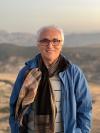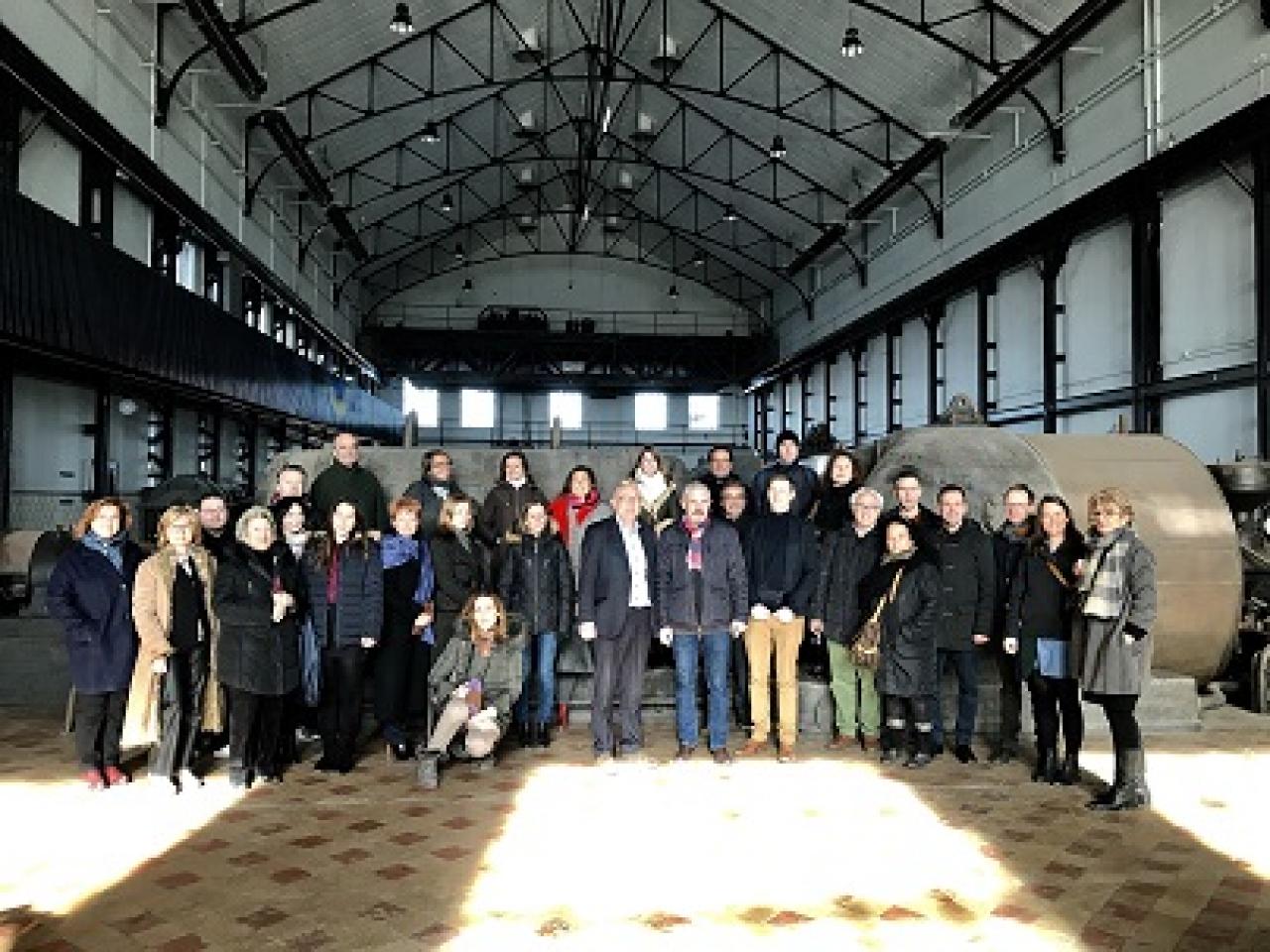
From the 12th to the 15th of February of 2018 the network INT-HERIT had a meeting in Belgium where the partners had the opportunity to work together and develop a new work methodology. Please keep reading and see the content of some working sessions. At the end of the text you can also watch and follow an interactive debate about cultural heritage.
1) THEMATIC SESSION. TRANSFO POWER PLANT (Municipality of Zwevegem)
Planned as a study visit, the case of the renovation of this listed site, was firstly presented, highlighting the relevant steps in the long history of this site from the starting point of his creation till today. A complete dossier available here, was presented by Bram Tack, as basic tool to feed the visit and post peer review session in which all participants were active for some hours. Two big challenges were defined to attract the critical analyse by peers, coordinated by the project experts and the Intercommunale Leiedal staff: 1) How to implement an agile, collaborative (vertically and horizontally) integrated and sustainable governance framework for the site, and 2) How to keep (hi)story of the site alive, aligned and relevant. A peer review report will be produced in the coming weeks by the Ad Hoc Expert of the project, Miguel Sousa.
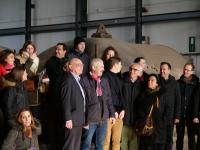
2) THEMATIC SESSION. OUTDOOR SWIMMING POOL (Municipality of Spiere)
The group was invited to participated in a guided tour at this site, after have been informed about the past, present and future of this unique place -the first outdoor swimming pool of Belgium- by Rik Vandevenne and Valerie Hellebuck. To facilitate and support the visit, an introductory paper was created and is available for consultation here. Attendants were invited to participate in a peer review session about the challenge to give a new meaning and integrated program to the Spiere outdoor swimming pool. A peer review report will be produced in the coming weeks by the Ad Hoc Expert of the project. A very interesting video was released during the visit, showing the memory and feelings of residents related the site. Watching the video and listening the comments of local people one could imagine this site as a reinvented square, a kind of agora, able to connect people, regions and countries. A paradoxical game for a place that is a no man's land, right in the middle of nothing or in the border of known.
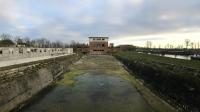
3) THECNICAL SESSION
An internal workshop was coordinated by the Lead Expert of INT- HERIT, Pedro Soutinho. He proposed different key points, starting from the debriefing of the Paris meeting, from which he outlined the recommendations transmitted by the URBACT Secretariat and the expected outputs that have to be produced at Program, Network and Local level. A second part of the session was dedicated to explain details related with the Implementation Plan that each city will have to develop in the coming months. On the other hand, the OIF will be a local document tailor made by each city, preferentially created from a dynamic, graphic and creative perspective. It will contain the delivery of the approach and the learning journey followed by each city. The URBACT Secretariat will provide a template and a guide to facilitate the production of the OIF in a common way by the partners. Attendants had the opportunity to share a collective session in which they discussed some core research questions in the axis of what and how the record in OIF should have to be made. Read here the presentation of this session. A relatory of this session will be disseminated in the coming days by the Lead Expert, including a plan with specific tasks to be performed by partners till the meeting to be held in Alba Iulia in May.
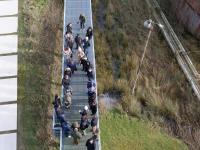
This meeting was held in the Crown Room of the Texture Museum (city of Kortrijk), was also opened to other participants and live streaming through Facebook Live and included interactive Q&A.
The theme: How can a contemporary use of heritage buildings and sites add value to its conservation? "Conservation through development" from the point of view of:
- Ralf Coussée (Architect, Coussée & Goris), He showed greater concern to respond to the new function of the spaces in his projects of recovery of heritage sites, more attentive to new concepts than to nostalgia. Function can help to conserve and to reduce energy consumption
- Frederik Mahieu (Flemish Heritage Department), presented a rich inventory of monuments, landscapes and protected sites, with a diversity of examples.
- Lode Waes (CEO Vanhaerents Development) talked about the atmosphere of heritage spaces, and how heritage can be an inspiration for master planning, the connection of neighbourhoods and the incentive of place making.
- Leo Van Broeck (Bogdan & Van Broeck), “Heritage building cannot become ‘frozen’”
- Pascal Vandenhende & Annemie Bernaerts (Theoria Bookshop). A bookshop conceived as a house, open 7 days per week. A place with open walls and windows to meet, to create, to talk...
- Adriaan Linters (Heritage specialist). More sustainable building is this which always exists..., Don't fear promoting and accepting the opinion of the citizens..., time is quality and returns are more important than costs…
Interactive Q&A
- To what extent should heritage be protected by the Government? (All types: 55,2% ; The most important: 44,8%)
- Important heritage should stay in public hands? This is the only way it will remain accessible to the public. (Agree: 17,1%; Disagree: 82,9%)
- Heritage is always on the losing and when opposed to projects which are deemed to have an economic importance. (Agree: 51,5%; Disagree: 48,5%)
- According to you which types of heritage are popular in heritage redevelopment? (Industrial heritage: 30%; Religious heritage: 27%; Castles, mansions…: 26%; Specific heritage: 17%)
A KORTRIJK WALK AT THE SUNSET
From the hand of Frans Vanoudenhove, a passionate guide, attendants to the meeting had the opportunity to know some unique places in the local scene. Through the pedestrian streets filled of shops and contemplating how old buildings coexist with new houses, walkers were immersed inside the catholic cathedral and the Beguinale neighbourhood labelled as UNESCO World Heritage place, before cross the river trough one of the much bridges that mark the urban landscape and go to the contemporary creative city spreaded out by the shores of the river and specially inside the BUDA island.
Urban designed fabric & social innovation – see Buda Factory- were in the core of this attractive walk with a special mention to the illustrated visit - a story about labour and love in this historical flax production place - to the Texture Museum, shown with passion by Christine Vyncke.

